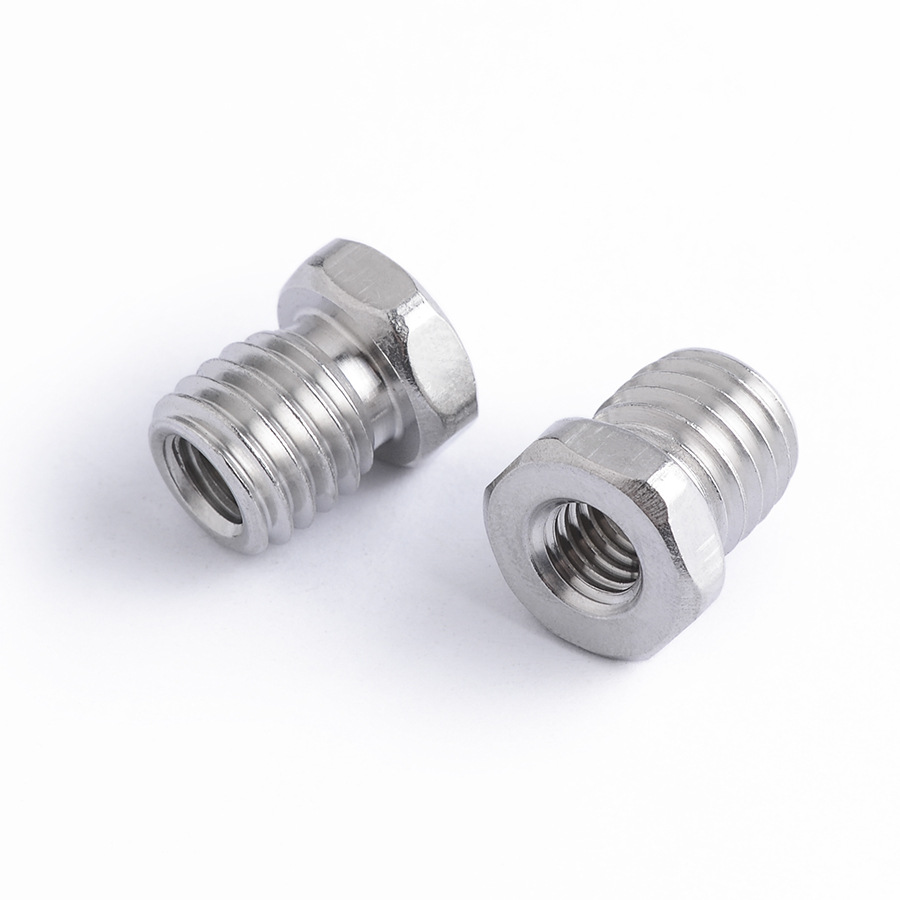Cold heading and cold extrusion are basically deformation processes under the same conditions, but they are different in operation. Cold heading is a forging deformation of smaller workpieces and is often used in the fastener industry. Cold extrusion is an extrusion deformation of larger workpieces and has a wide range of uses.In the long run, non-standard fasteners price The value will be higher and higher, and there will be a great leap in essence. https://jieruifasteners.com/
1. What is cold extrusion
Cold extrusion is a processing method in which a metal blank is placed in a cold extrusion die cavity and, at room temperature, a punch fixed on the press is used to apply pressure to the blank to cause the metal blank to undergo plastic deformation to produce parts. Obviously, cold extrusion processing relies on the die to control the flow of metal and relies on the large-scale transfer of metal volume to form parts. In terms of extrusion equipment, my country has the ability to design and manufacture extrusion presses of various tonnages. In addition to using general mechanical presses, hydraulic presses, and cold extrusion presses, friction presses and high-speed and high-energy equipment have also been successfully used for cold extrusion production.
At present, cold extrusion technology has been widely used in industrial sectors such as fasteners, machinery, instruments, electrical appliances, light industry, aerospace, shipbuilding, and military industry, and has become one of the indispensable and important processing methods in metal plastic volume forming technology. With the advancement of science and technology and the continuous improvement of product technical requirements in the automobile, motorcycle, household appliances and other industries, cold extrusion production technology has gradually become the development direction of refined production of small and medium-sized forgings.
2. What is cold heading
Cold heading is one of the new processes of metal pressure processing with little or no cutting. It is a processing method that uses the plastic deformation of metal under the action of external force, and with the help of a mold, the metal volume is redistributed and transferred to form the required parts or blanks. The cold heading process is most suitable for the production of non standard fasteners such as bolts, screws, nuts, rivets, and pins. The commonly used equipment for cold heading is a dedicated cold heading machine. If the production volume is not too large, it can also be replaced by a crank press or a friction press.
Cold heading technology has high productivity, good product quality, and greatly reduces material consumption, reduces production costs, and improves working conditions. Therefore, it is more and more widely used in mechanical manufacturing, especially in the production of standard fasteners. Among them, the most representative products produced by multi-station cold heading machines are bolts, screws and nuts.
3. Are cold heading and cold extrusion the same thing?
Cold heading and cold extrusion are basically deformation processes under the same conditions, but they are different in operation. Cold heading is a forging deformation of smaller workpieces and is often used in the fastener industry. Cold extrusion, on the other hand, is an extrusion deformation of larger workpieces and is widely used; cold heading is equivalent to a branch of cold extrusion. Simply put, in the process of making bolts, hexagonal head forming is cold heading, and rod diameter reduction is cold extrusion (positive extrusion). Non-cut hexagonal flange bolts (multi-station forming) have both cold heading and cold extrusion. The front shaping of hexagonal nuts is only cold heading, and the hole extrusion in the back process is cold extrusion (positive and negative extrusion).